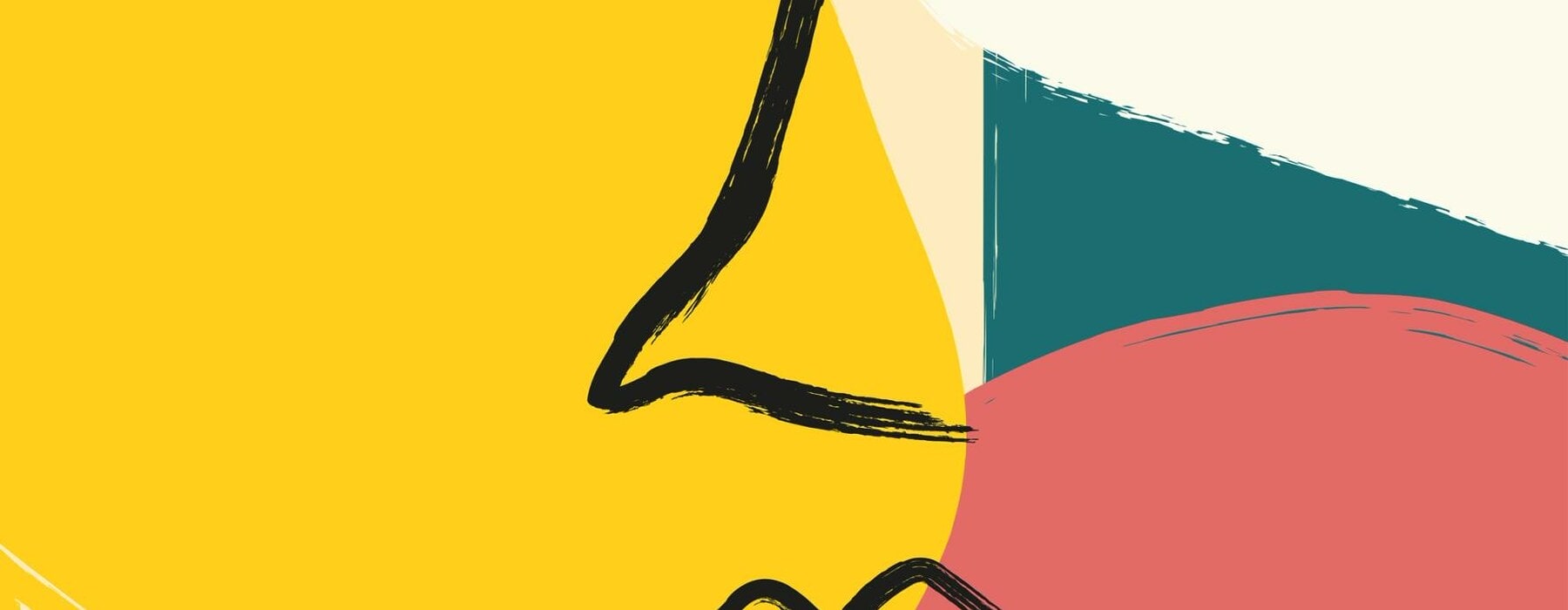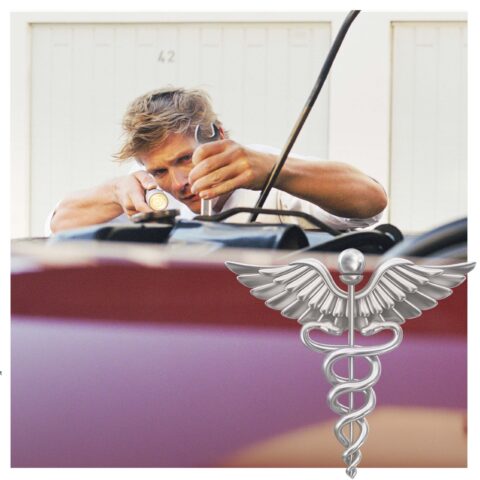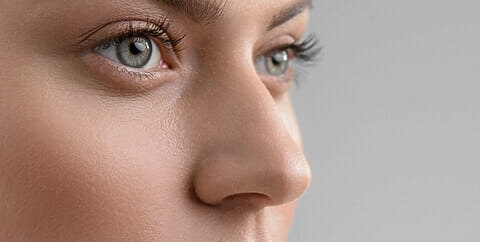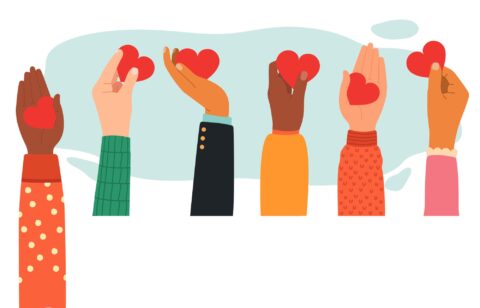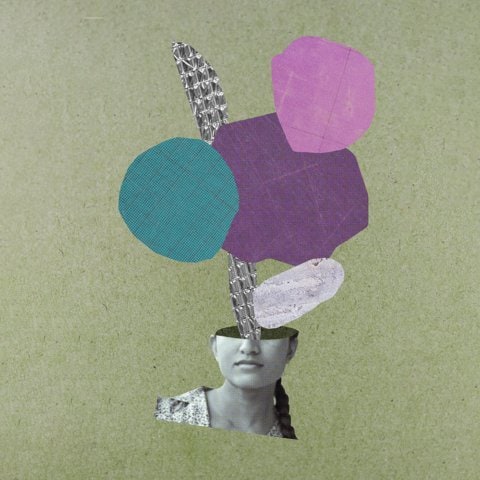Emma Clifton talks to two experts about self-harming and finds out why this mental health issue can be approached with empathy.
In 2019, there were 3081 young people under the age of 20 hospitalised for self- harm – 200 more than the year before. The numbers show that self-harm among young people in New Zealand is on an upwards trajectory, and considering the secretive nature of this form of mental distress – and how many people don’t end up in hospital because of it – it’s clear these numbers aren’t telling the full story.
There are many common ways to self-harm, including causing deliberate physical harm to your body – such as cutting, burning, biting and scratching – or taking overdoses of harmful substances. For a very long time, the physical act of self-harm was lumped in with suicidal tendencies and treated with panic because of that. But for many, many people, it’s the opposite; it’s a way of breaking the pattern of depressive or obsessive thinking and providing peace, no matter how short-lived.
We spoke to two experts and two recovered self-harmers to try and paint a broader picture of the role self-harm plays in many Kiwis’ lives, and why it should be approached with curiosity and empathy, not fear.
Expert #1
Rebecca Daly-Peoples
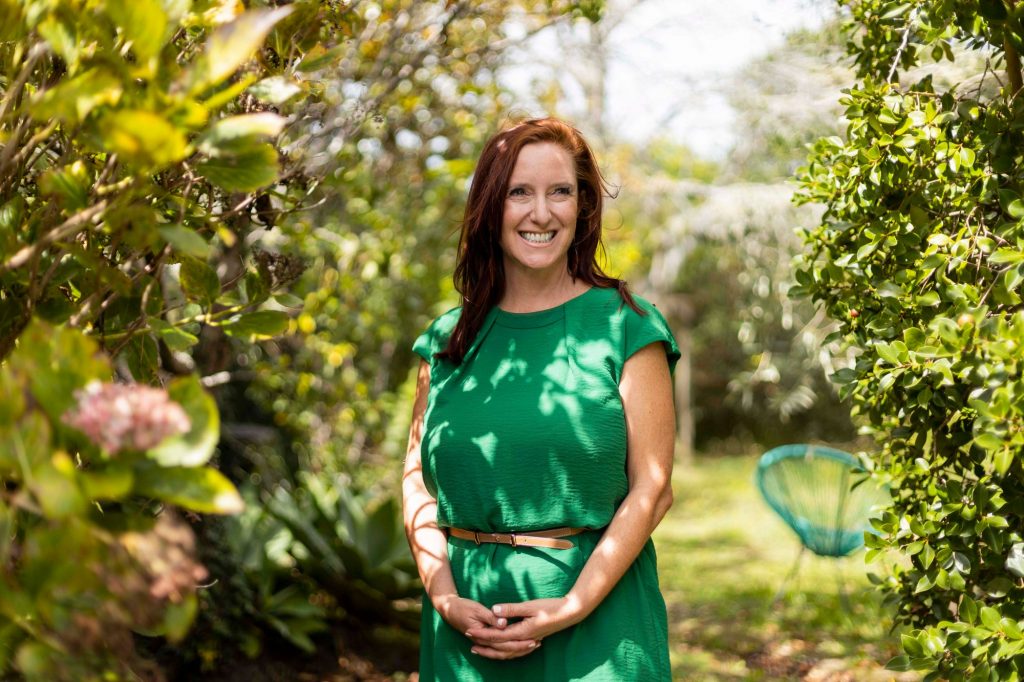
Rebecca Daly-Peoples first started working as a child psychologist 20 years ago and she doesn’t mince words when it comes to how much harder life is for adolescents now than it was when she started. The increasing number of difficulties that young people have to navigate has become both “insidious and dramatic”. It’s the reason she says she is “so pedantic” about what her own kids, aged 15 and 10, have access to on social media.
“The bullying, for instance, it’s vicious – it’s like nothing I could compare it to. Because back then, if you had bullying in school, it stayed in a school. That doesn’t happen these days, and I can’t tell you how much of my work generally is either related to childhood trauma in families or due to bullying.”
Before she moved into her private practice, Rebecca was working in a child and adolescent mental health clinic in central Auckland, and her primary clients were young people who self-harmed. Back then, she said, it was a thoroughly misunderstood issue.
“Everyone assumed it was a suicidal behaviour and it was treated as such – including all the panic around it. So, I would ask these young people I was working with and would get these different themes coming through. There’s much more understanding around self-harm now.”
On the flip side, there’s also much more prevalence. “I’ve been doing this job for 20 years and it’s rampant. And there are not enough resources. It’s wonderful that the government wants to put more money into this sector, but they need to put it into training because there’s just not enough people to actually meet the demand.”
I’ve been doing this job for 20 years and it’s rampant. And there are not enough resources
There’s an interesting phenomenon – particularly amongst adolescent girls – when self-harm also becomes something of a group activity.
“It is contagious – that’s been proven, time and time again. What we would often see is that at around 14 years old, a group of anywhere between four to six friends were all cutting,” Rebecca says. “And then what you’d find at the core of that was there was one or maybe two kids who had significant trauma and had started self-harming first.
“At that age – and it’s particularly 14, although I know it’s getting younger and younger – there’s a need to belong and to be the same as everyone else. A lot of girls would talk about how they wanted to understand their friend’s pain or show they care that much. There was this whole other language around their copycat behaviour.”
So, while it’s still something to definitely pay attention to, it may not be the panic red flag parents think it is. “In a way, if you’ve got an 18 year old who’s been self-harming since 14, that’s really concerning. But if you’ve got a 14 year old and they’ve just started self-harming and they’re part of a group, that’s more along the line of adolescent risk-taking behaviour.”
One of the warning signs to look out for when it comes to self-harming would be teens being secretive about covering up parts of their bodies, such as their arms. For overall mental distress in teenagers, Rebecca acknowledges it can be hard to work out what’s concerning and what’s just general teenage behaviour.
“Things like withdrawing, not wanting to be as involved in activities, not wanting to go out with friends; when you start to see a general loss of pleasure, that can be a concern.”
Starting conversations about mental health when kids are younger – not serious, sit-down conversations, but casual chats – is a great way to let them know that emotions are okay to talk about.
“Being open with your kids, so that they feel comfortable; that they are encouraged and praised if they’re honest. I often say to parents: ‘If they’re talking to you openly, that’s actually a really good sign of your relationship.’”
Expert #2
Diane Clare
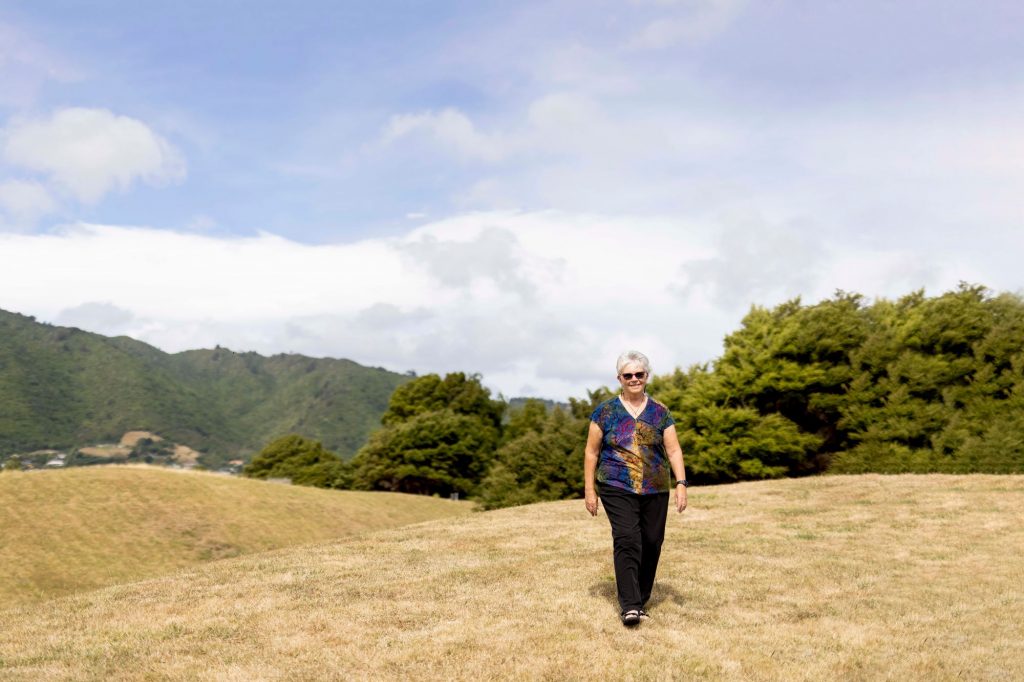
“Self-harming without suicidal intent has been misunderstood and misinterpreted for many years,” says Diane Clare, a registered clinical psychologist from Kapiti. “It is commonly referred to as ‘attention seeking’, yet it is seldom that simple.”
The mislabel, Diane says, can create additional difficulties to sufferers already in a vulnerable situation. “It’s dismissed as being something trivial, when it’s clearly about distress and difficulties that are hard to speak about. Approaching self-harm with curiosity and compassion is an attitude shift that’s a good starting point.”
Self-harm can also be referred to as non-suicidal self-injury (NSSI). It’s a fairly recent term that works within the “grey area” where self-harm can often be considered a suicidal behaviour, whereas for many it’s almost the opposite.
“There is a very grey area of overlap, because the issue of intent is also grey: some want relief but not to die, some to end the misery and distress, but then suicide can occur.”
There have been many definitions over time, she says, but the most helpful ones take traumatic experience into account. “Trauma-informed ways of understanding the behaviour seem the most helpful.”
The Apex model
Diane created a system known as the “APEX model”, based on her nearly 40 years in the mental-health industry, to help establish the purpose of the self-harm in the individual. She has presented her work at international conferences and provides teaching to professionals about the model advertised through a company called GROW Ltd.
The Attitude we have is significant, Diane says, when it comes talking to the person about the role self-harm plays in their lives. “Is it to get relief, to feel in control, to feel a means of being alive? The person may not always know how it helps, but simply know it does.” Trying to simply stop them or remove possibly harmful objects will not stop the urge to harm, Diane cautions.
“Once the person has a better understanding of the Purpose of the self-harm, and why it’s helping them, they can then hopefully come up with alternative ways of coping that meets that need or purpose in less risky ways.”
This Emotional first aid kit is developed over time, based on a matching process. “If a person cuts to get relief, what else gives relief ? If a person cuts to be calm, what else helps them feel calm?” Diane says. There isn’t a one-size-fits-all solution for self-harm because the reasons for it differ so widely for people. “It can also be important to recognise that this takes trial and error if you’re a person who self-harms and is seeking alternative ways of coping. So, some self-compassion needs to be developed.”
Finally, the X in APEX refers to “the X-factor” of this tool kit, where the person creates a self-contract to use at least three of their range of matched strategies before they resort to self-harm. “It serves as a delay tactic,” Diane explains, and the overall model has been extremely helpful to self-harming individuals she’s worked with over the years. It all comes back to that attitude of curiosity and compassion – taking away the shame and judgement and allowing the individual a safe space to bring their suffering into the light.
- Diane awaits independent review data to have her work published as a workbook, but has considerable data of her own to demonstrate the effectiveness of the APEX model.
For more information on self-harm visit mentalhealth.org.nz
Need to talk? Free call or text 1737 any time for support from a trained counsellor
Lifeline: 0800 543 354 (0800 LIFELINE) or free text 4357 (HELP)
Suicide Crisis Helpline: 0508 828 865 (0508 TAUTOKO)
Healthline: 0800 611 116
Samaritans: 0800 726 666

